Beginners Guide on How to Build a Brand Online in 2019
If you run a business, then you know that you can’t survive in the market without building a unique brand. The question is, how do you go about that?
With so many options on the table for content creating, branding, and reaching new audiences, one can quickly find themselves overwhelmed with tasks and opportunities at every turn.
No matter if you are looking at social media, paid marketing, content creation, SEO or blogging… branding is all a big part of the process.
Starting an online business is easy, but turning it into a trusted brand is not.
If you want the simplest and best approach to creating a brand that people will trust and buy from, consider the following steps and case study examples to help you get there.

-
Identify Your Audience
Here is the thing- there is no dearth of branding tools and resources online that can help you create everything i.e. from attractive logos to marketing campaigns for your business. However, none of these will work if you don’t target the right people.
Before you start working on your brand, you need to identify your target audience. The following are some of the questions that you can ask yourself to get that information:
- Where are my customers located?
- What’s the age group of my customers?
- What kind of lifestyle most of my customers have?
Once you have all of this information in place, it’s then time to build a site and platform around their needs.
CASE STUDY EXAMPLE:
When it comes to identifying your audience, few industries are more crucial than ecommerce for accomplishing this. Not only is the competition fierce, it’s also a ‘first impression’ type of business, and if those first few seconds on your site doesn’t seal the deal… you may likely lose that potential customer for life.
If you want to increase conversions and sales through your online store, you need to make sure it not only has a great site design and navigation, it also needs to have proper product search and category breakdowns as well.
A perfect example of this can be seen with WalkingOnACloud, an online retailer in Canada that focuses on a wide range of shoes and boots through their site. Take a look at the screenshot below to see the easy navigation and product listings on the site.
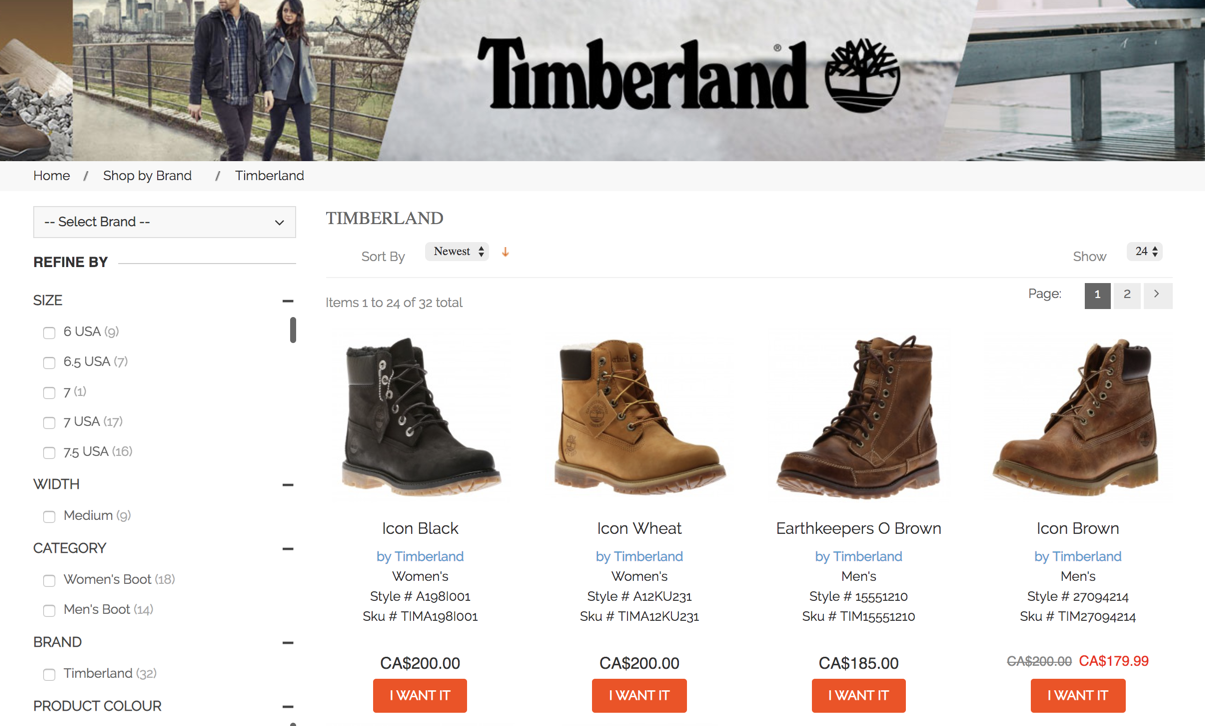
What you will notice is that each shoe image pops right off the page, and the title and brand is quite easy to read as well.
If the end user has any problems with searching the site and finding the right shoe or brand they are looking for, all they need to do is make a few adjustments on the left side menu to refine their search.
The site also features many other classic models and brands that allow it to rank in the search results for individual shoes and long tail keywords as well. If you visit any of the pages on the site, you will also notice it’s text and keyword heavy at the bottom of each page — thus providing more value to the end user, and improving their chances to rank in the search results by having real text on the site and not just individual products and image.
-
Define Your Mission
A brand has to have a mission and a vision. There is no way around it. So, you need to find some free time and think of the things that define the purpose of your existence.
A good question that you can ask yourself is – what problems does my business solve? The answer to this question can be anything.
For instance, your business might be providing affordable furniture to bachelors, clothing for students taking the leap to college, or maybe you want to treat everyone with the most delicious homely meals. Whatever the answer is, shall become the foundation of your mission and vision.
At the same time, user engagement is now a much larger focus than ever before. It’s not just about having a presence on social media, it’s about how brands are actually connecting and providing value to their end users.
Once you have a general idea about your brand’s mission and vision, you can read a guide or two online on how to write proper statements. This way you won’t have to revise the same over and over again.
CASE STUDY EXAMPLE:
Social media is great for many different things, but when it comes to the actual ROI and business that is generated from it, only a few brands and ecommerce sites are doing it correctly.
You can create content, build a following, and have as many accounts and followers as you like, but if they aren’t resulting in real sales and conversions — what good is it?
This is something Zappos knew right from the start, and as a result, they have one of the largest followings on social media in terms on ecommerce and shoe retailers go.
With over 2.5 million followers on Twitter, and millions of dollars being generated in sales weekly, customer support is still their strong point.
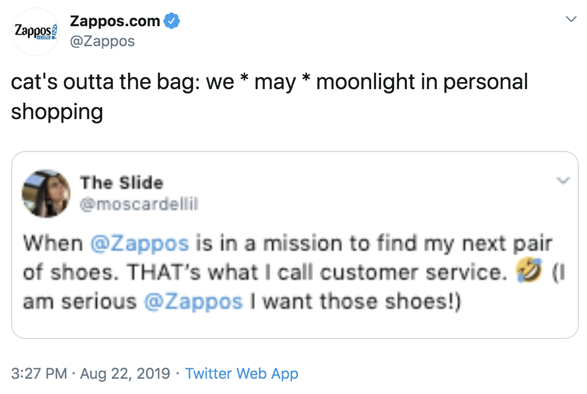
For Zappos, social media marketing is nothing new — as it’s how they got their start and found major success online. Instead of focusing just on sales and marketing, they wanted to make their brand all about customer support and user engagement.
This ultimately lead to the success the company is having today — which results in them becoming one of the largest shoe retailers in the world today.
The quick takeaway here is to not just be active on social media, but to also give your audience a reason why they should follow you — and actually be interested in the content and services you are offering through social.
-
Study Your Competition
Branding is all about differentiating your business from others in the market. So, it’s important that you pay close attention to your rivals and their brands.
You should study their mission and vision and USPs and pay attention to their logos as well. This is because you want all of these to be different from them. Only then you can stand out and attract customers easily.
At the same time, you also need to understand how and where to focus your efforts. For some brands, this might be on their social media marketing and branding efforts… while for others it might be in the form on content marketing and SEO.
CASE STUDY EXAMPLE:
We all know that SEO and Google search is on the decline, but the quality is still there. If someone is going to Google and typing in what they are looking for… then they are also very likely to take action.
However, for this to work, your site will need to have a nice DA and PA associated with it, while also having some nice backlinks and high-quality content of course.
This is often a problem for ecommerce sites because they are focusing too much on their individual product pages and not enough ‘service and content’. Through the use of a blog, brands should be creating top lists, reviews, and stories about the products they create.
These content pages can then rank in Google at a much higher and faster pace than regular product pages. At the same time, it would be very hard to rank for individual product names and brands, when so many other big name sites and stores are already out there.
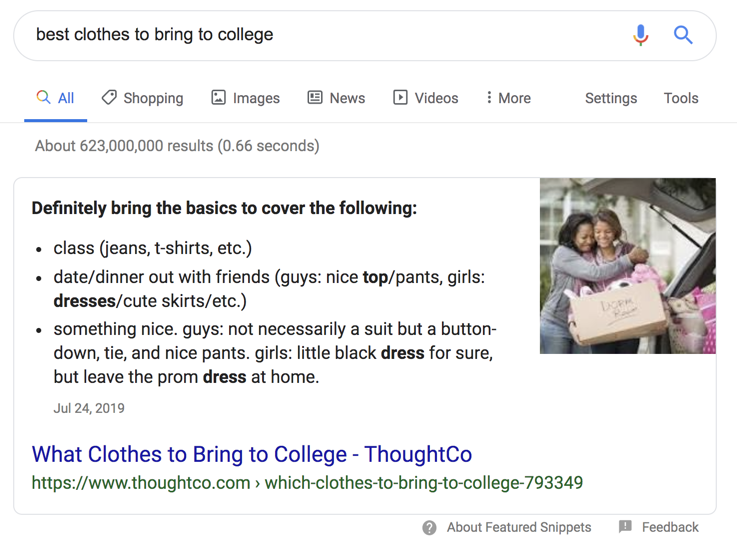
A perfect example of this can be seen if you were to Google something like “best clothes to bring to college“. It’s a long tail keyword and maybe not something a ton of people search, but it’s still a nice thing to rank for — and people that are searching for it are likely already in buying mode.
Check out the results from the search, then see what type of content each of these sites are creating. If you are an apparel retailer, this is a no brainer — and you should be doing this for every type of event, season, or whatever… that people might be searching for clothes ideas on.
-
Define Brand Guidelines
Consistency is the key to successful branding and it can be easily accomplished if you are willing to make the effort. What you fundamentally need is brand guidelines.
By defining the guidelines, you can ensure that your branding is consistent across all channels- social media, website, emails, and even offline channels viz. banners at public events, customized merchandise, etc. The following are some of the things that you need to define for your brand:
- Color palette
- Typography
- Writing style and tone (for blog, website content, etc.)
- Mission statement and vision
Once you have a clear message that defines your brand, it will be that much easier for you to create an action plan and set of business goals to help you get there.
EXAMPLE CASE STUDY:
In order to create an effective and powerful vision for your brand, you need to not only understand your business, but also what it means to those whom you are serving.
FitBusiness has an excellent write up on 10 excellent vision statements to spark your imagination.
At the very least, these will serve extremely useful in providing you with some real life examples on what it means to have a powerful brand, business, and a purpose (vision) behind it.
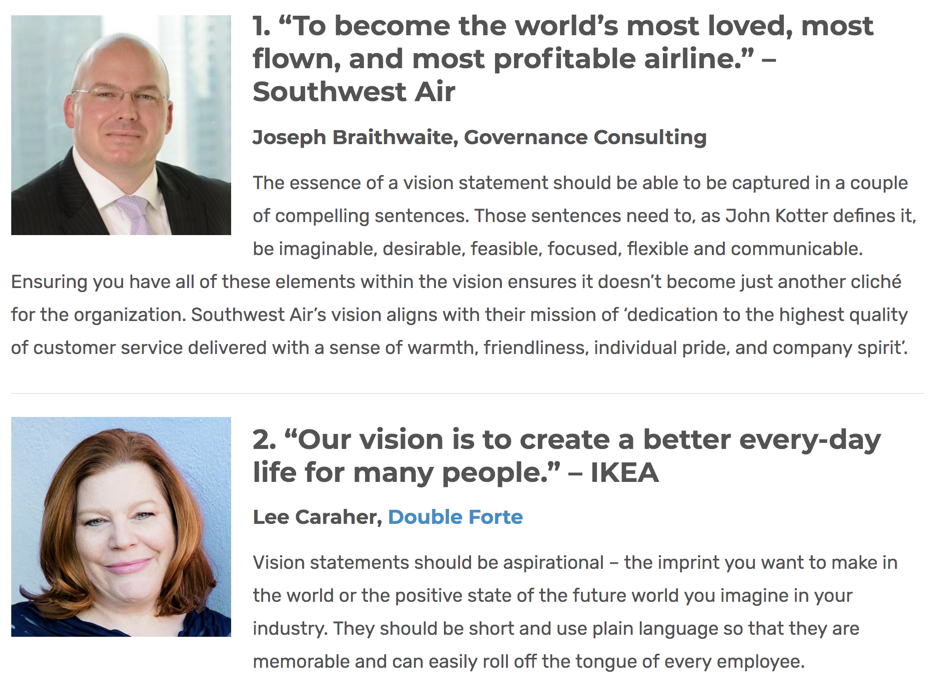
One of the most important things to remember when creative a vision and statement for your business and brand, is to make sure it relates with your audience, how they perceive your company, and that you can actually act and deliver on the promise that you are making.
-
Market Your Brand
Once your brand is ready, you can start to promote it wherever you can. You can find numerous examples of how to promote your brand with targeted blog content, emails, social media, etc. on the Internet. You just need to create a strategy and it’s also highly recommended you use at least a few tools to make your job easier which include a social media manager, analytics tool for SEO, advanced video editors, etc.
Marketing and brand consistency go hand in hand. What it means that when you talk to your customers on social media or your blog, you need to make sure that you maintain the same tone and voice.
EXAMPLE CASE STUDY:
Much like how we mentioned creating content for your site or brand to reach new audiences through search rankings with original blog content ideas, knowing how to market to your brand is key.
It’s not just about knowing who you are marketing to, but also how to create the best content that relates to them.
This is something social media, especially Facebook Ads and Instagram Marketing has become extremely effective in — as they both offer demographic, interest, and custom audience targeting.
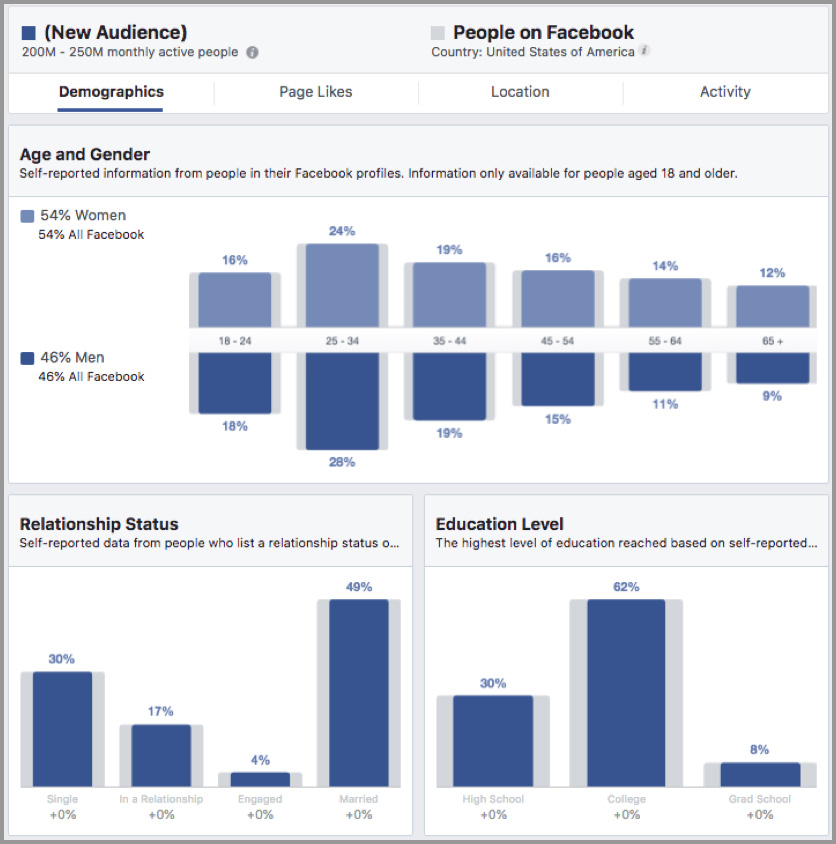
With such options in place, it’s no longer a matter of creating content on your site and just hoping for it to be found… but instead a matter of how often and when.
Through the use of paid promotion, social media, and the power of remarketing — targeting your ideal customer and demographic audience is now easier than ever before.
In Conclusion….
The internet has made the process of starting a website and going live with a business or brand extremely cost effective and easy.
With more than a billion active websites and blogs on the internet today, we are all in an extremely competitive space. This means every small and large business needs top-notch branding in order to survive and also to increase revenue month over month.
If you want to prepare for that in the most straightforward manner, then the steps and case studies provided above can help you get there.
Good luck!
The post Beginners Guide on How to Build a Brand Online in 2019 appeared first on Zac Johnson.
Labels: Zac Johnson


1 Comments:
Thank you for sharing your thoughts and knowledge on this topic. This is really helpful and informative, as this gave me more insight to create more ideas and solutions for my plan. I would love to see more updates from you.
Social Media Marketing
Post a Comment
Subscribe to Post Comments [Atom]
<< Home